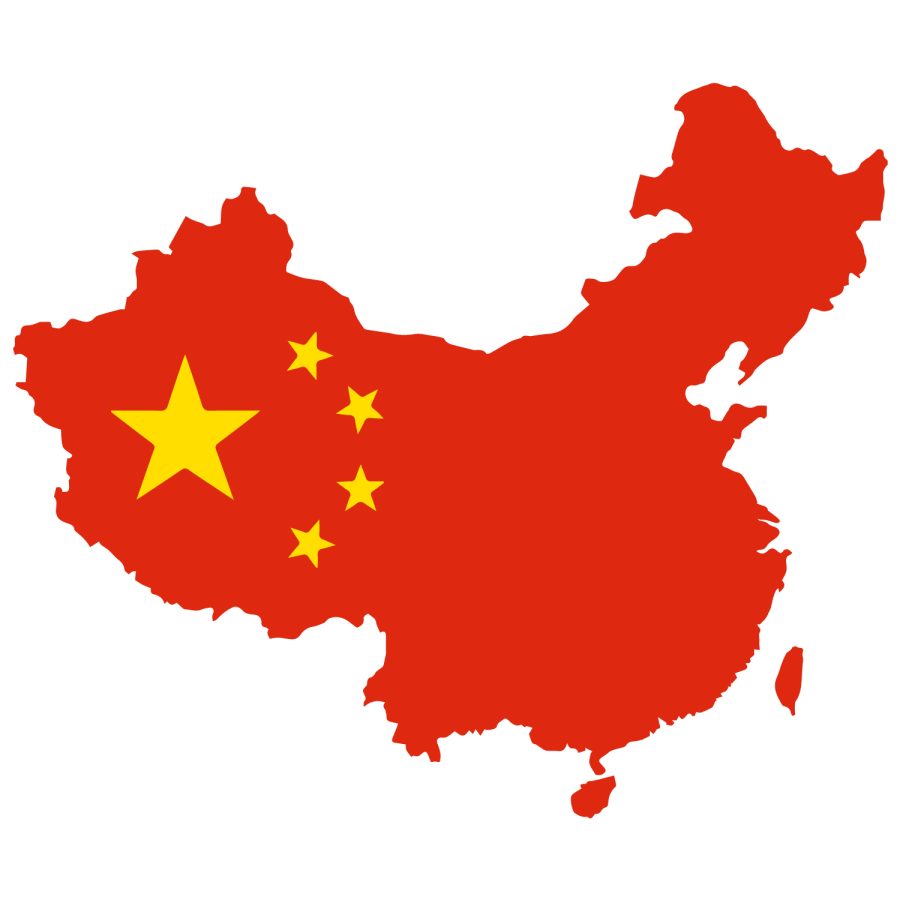What Is Translatable?
Thoughts on language and culture from translators’ perspectives
Dr. Dong Isbister, an associate professor of Women and Gender Studies, was the main presenter of “What is Translatable?: Thoughts on Language and Culture from Translators’ Perspectives” in Doudna Hall in room 136 on March 3 as part of the LAE Faculty Forum Series. Dr. Yuanyuan Hu, a professor of English, was the respondent. The public was invited and cookies and coffee were provided.
Dr. Isbister said, “Translation is not simply a matter of seeking other words with similar meanings, but of finding appropriate ways of saying things in another language that make sense to the reader.” Whenever there is translation, there is negotiating, balancing and compromising, because “what makes sense in one culture may not really translate into a different culture.”
In China, there are 56 ethnic groups and 55 ethnic minority groups who have their own specific dialects. The majority speak Putonghua, also called Standard Mandarin, as a second language, making their first language the local native dialect.
Cultural references are often not translatable. Galaha, a competition at festivals, is a game played with the joints of goats or pigs in China, but it translates into English as a bone-snatching game. A Klang, or a bed made of clay or bricks, is a household item unique to northern China with no equivalent translation. Sutiquie, a staple food based on geographical crops, is a porridge cooked with milk. It is made of a very special type of rice with no equivalent in other cultures and languages.
Dr. Isbister also explained that the following differences between cultures pose difficulties in translating meaning accurately: religious differences regarding terminology and concepts, the lack of third-person pronoun use like “he” or “she” in Chinese and specified kinship terms like the use of a specific word for the wife of a father’s second brother.
Dr. Hu responded to Dr. Isbister’s presentation using further examples and her own experiences and challenges with translation. Dr. Hu said, “Equivalents have embedded connotations and they don’t transfer and maybe possibly cause confusion and (can) be misleading to the intended audience.” Idioms, for example, do not transfer.
Chinese has many four-character idioms. “Bīng shí qiān xiàn” in Chinese translates to “ice mount old animosity” in a literal English translation, but its original meaning is “Bury the hatchet.” The Chinese idiom, “qí xīn xié lì” means “multiple hearts working together,” but the literal English translation is “pull together heart(s) coordinate effort.” The /s/ is in parentheticals because there is no plural indicator morpheme, an inflectional modification which does not change a word’s meaning, in the Chinese language.
Dr. Hu said, “There’s a story in a historical event behind an idiom and (it is) traced back to ancient China.” Translators put effort into keeping the beauty of the original work. Variations among languages require creativity in translation. Therefore, it is more accurate to take the context of a text’s origin into consideration over the words by themselves.
If a translation sounds natural in the target language, or a language another language is being translated into, it is a good translation. However, there is often a loss of symbolic meaning in translated messages.




